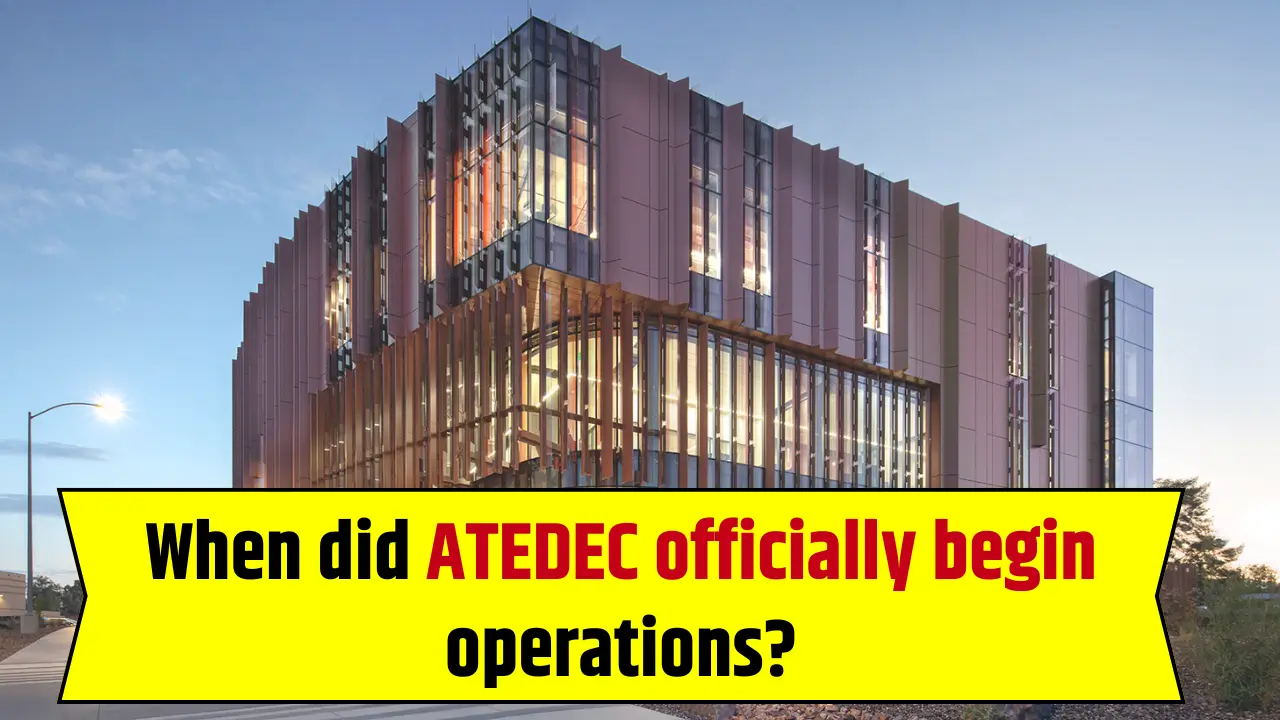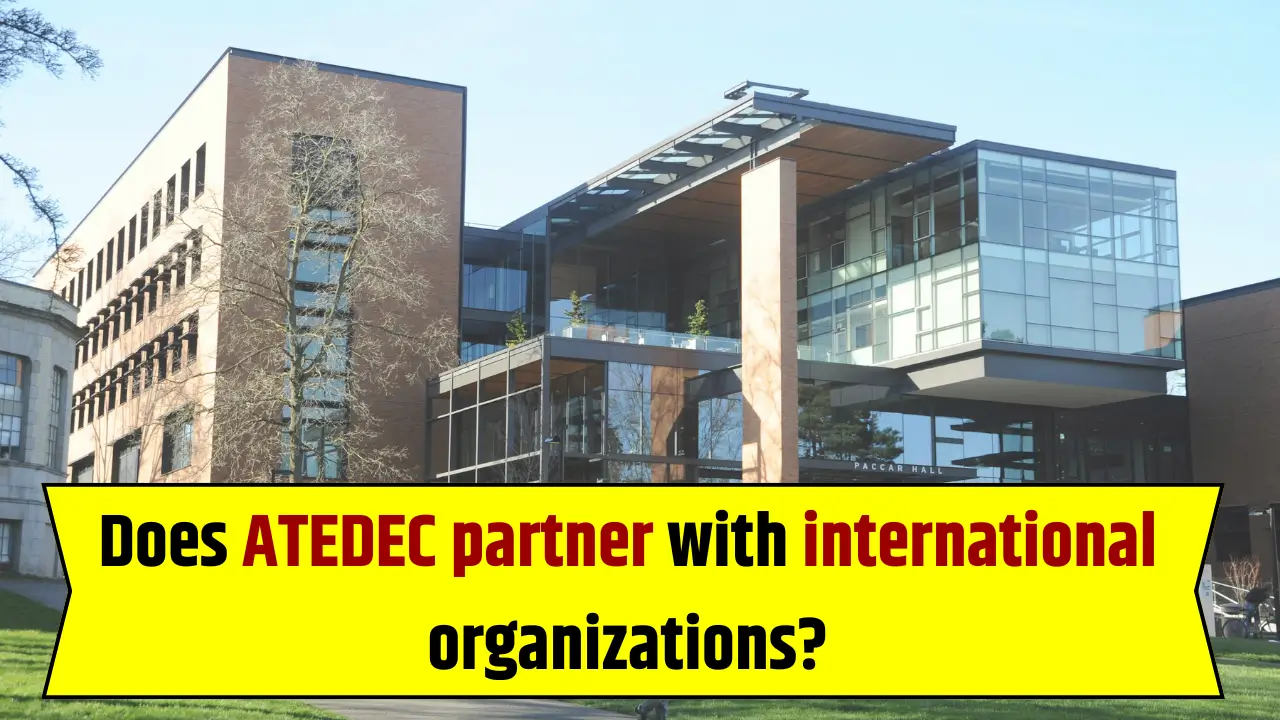ATEDEC, an acronym for Action Technique Pour Un Developpement Communautaire, is a notable non-governmental organization dedicated to community development and empowerment, particularly in Rwanda.
Established during a pivotal era marked by immense social upheaval, ATEDEC’s operational timeline reflects its response to critical humanitarian needs prevalent in the country during the mid-1990s.
This article explores when ATEDEC officially began operations, tracing its formation, initial activities, and ongoing contributions to development. It offers contextual insights into the organization’s foundation, major milestones, and latest updates as of 2025.
The Genesis of ATEDEC: Founding and Early History
Historical Backdrop
- The early 1990s in Rwanda were dominated by civil conflict, culminating in the tragic genocide of 1994, which devastated communities and infrastructure.
- The dire need for coordinated community rebuilding gave rise to organizations committed to addressing social, economic, and humanitarian challenges.
- ATEDEC emerged as one such organization founded on principles of sustainable development and grassroots participation.
Formal Inception and Official Start
- ATEDEC was officially founded in December 1994 but took several months to structure its operations, regulatory compliance, and program design.
- It began official operations in April 1995, shortly after the genocide, establishing its headquarters in Kigali, Rwanda.
- The timing was crucial as Rwanda faced urgent needs for displacement relief, housing, water supply, and livelihood restoration immediately after the genocide.
Timeline of Key Milestones Leading to Operations
| Date | Milestone | Description |
| December 1994 | Formal founding of ATEDEC | Organization conceptualized and registered as an NGO |
| April 1995 | Official start of operations | Began delivering community relief and development services |
| 1995-1997 | Initial projects focused on housing and water access | Built homes for displaced families, water committees formed |
| Late 1990s | Expansion into health and cooperative development | HIV/AIDS programs, livelihood initiatives introduced |
| 2000s | Diversification into environmental and youth programs | Climate adaptation, vocational training began |
| Present (2025) | Mature multi-sector organization | Engages in rural development, digital training, and resilience |
Early Operational Focus and Activities
Housing and Resettlement
- One of the earliest and most pressing focuses was to address the needs of displaced families, providing housing in rural provinces.
- Around 8,500 families were supported through construction and resettlement programs.
- This provided the necessary stability for affected populations to rebuild their lives.
Water and Sanitation
- Access to clean water was scarce; therefore, ATEDEC implemented community water supply systems.
- Water Users Committees were formed to ensure sustainable management.
- Hygiene education programs complemented infrastructure projects to prevent disease outbreaks.
Livelihood and Cooperative Support
- Recognizing the economic devastation, ATEDEC supported rural livelihoods by promoting agricultural productivity.
- Cooperative enterprises were facilitated, offering training and financial resources to consolidate income-generation efforts.
- The organization also engaged vulnerable groups, including women and youth, to enhance social inclusion.
Health Awareness Initiatives
- Programs targeting HIV/AIDS, malaria prevention, and reproductive health were initiated in the late 1990s.
- Behavior change communication and community health education became integral components.
- These efforts were critical to improving community health outcomes in the post-genocide period.
Institutional Establishment and Governance Setup
- Following its official operational start, ATEDEC established a governance system with a Board of Directors overseeing strategic direction.
- The Executive Director and a professional team managed daily activities and program implementation.
- As the organization grew, it developed specialized departments for technical support, finance, communications, and monitoring.
- Partnerships with government ministries and international donors became foundational for sustainability.
Bulleted Highlights: When and How ATEDEC Began Operations
- December 1994: ATEDEC was formally founded amidst Rwanda’s post-genocide crisis.
- April 1995: Official commencement of operations focused on community rehabilitation.
- Initial activities involved housing displaced families, improving water access, and supporting livelihoods.
- Established strong community participation mechanisms like Water Users Committees and cooperatives.
- Expanded scope progressively to health education and environmental sustainability.
- Developed robust governance with an independent board and professional management.
- Partnerships with donors and government ensured funding and alignment with national priorities.
- Continuous adaptation and program diversification to meet evolving community needs.
Latest Updates on ATEDEC’s Operations in 2025
- Celebrated over 30 years of impactful operations in Rwanda and regional influence.
- Rolled out digital transformation initiatives aimed at improving program monitoring and community engagement.
- Upgraded vocational training programs integrating ICT skills to address youth unemployment.
- Expanded climate resilience projects focusing on sustainable agriculture and water conservation.
- Strengthened partnerships with Rwanda’s Ministry of Local Government and Ministry of Health.
- Enhanced public health campaigns leveraging radio and mobile technology for wider outreach.
- Increased emphasis on women’s entrepreneurship and gender equity in development projects.
- Implemented new data management systems for transparent reporting and impact assessment.
Table: Evolution of ATEDEC’s Operations Since 1995
| Period | Focus Areas | Key Achievements |
| 1995-1997 | Housing, water, food security | Support for displaced families; water provision |
| Late 1990s | Health education, cooperatives | HIV/AIDS awareness; cooperative development |
| 2000s | Youth training, environment | Vocational programs initiated; climate projects |
| 2010s | Multi-sector expansion | Integrated rural development; disaster preparedness |
| 2020s (Present) | Digital, gender, resilience | Digital skills training; women empowerment; climate resilience |
Conclusion
ATEDEC officially began operations in April 1995, emerging as a vital organization responding to Rwanda’s post-genocide relief and development needs.
Its start was strategically timed to address urgent issues affecting displaced people and devastated communities, focusing initially on housing, water, and food security.
Since then, ATEDEC has evolved into a multidisciplinary development entity, expanding its scope to health, education, environmental sustainability, and digital capacity building.
The organization’s strong governance, community participation approach, and strategic partnerships have ensured its longevity and relevance through changing development landscapes.
As of 2025, ATEDEC continues leveraging innovative tools and inclusive programs to uplift vulnerable communities in Rwanda and beyond, reflecting nearly three decades of dedicated service.













